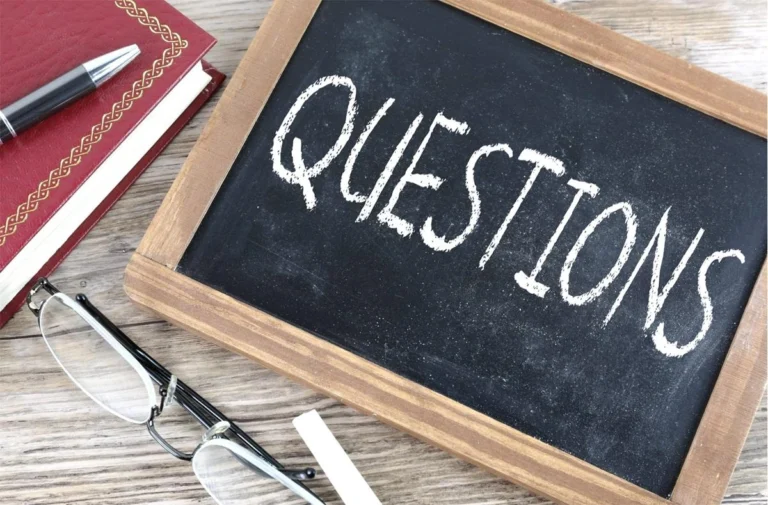Forensic Audit: Most Asked Interview Questions

Introduction to Forensic Audit Most Asked Questions
In today’s business environment, companies are expected to maintain full transparency and ethical conduct. As a result, the need for forensic audits is growing fast.
Whether you’re preparing for job interviews, certifications, or simply want to understand the field better, this guide answers the forensic audit most asked questions in a simple and practical way. It draws from real investigations and hands-on tools used by professionals to detect fraud and strengthen financial integrity.
Forensic Audit Most Asked Interview Questions
Q. What key considerations should be kept in mind when conducting an interview after fraud detection and completion of a forensic audit?
Answer:
- Forensic Audit Review: Thoroughly review and understand forensic audit findings, methodologies, gathered evidence, and conclusions before the interview.
- Fraud-specific Risks: Focus specifically on fraud risks such as collusion
(employee-stakeholder), bribery (government or third-party), kickbacks, conflict of interest, and unethical practices. - Process and Control Knowledge: Assess candidate’s knowledge of internal controls, business processes, and their vulnerabilities related to fraud, not just general gaps.
- Behavioral and Ethical Assessment: Observe behavioral indicators, ethical perspectives, and attitude towards integrity and accountability during questioning.
- Scenario-based Evaluation: Present realistic case scenarios with no single correct answer, testing candidate’s investigative mindset, analytical thinking, and ability to handle ambiguity.
- Legal and Compliance Awareness: Assess candidate’s awareness of relevant laws, compliance requirements, documentation standards, and evidence-handling protocols.
- Communication and Documentation Skills: Evaluate candidate’s ability to clearly document findings, communicate complex fraud issues, and articulate observations objectively.
- Confidentiality and Sensitivity: Test candidate’s awareness regarding confidentiality, data privacy, and sensitivity when handling fraud-related issues.
- Preventive Mindset: Evaluate candidate’s proactive mindset in suggesting preventive controls and improvements to avoid recurrence.
Q. How do you quantify damages in a fraud investigation?
Answer: Quantifying damages involves:
- Identifying the Loss Period: Determine the timeframe over which the fraud occurred.
- Calculating Direct Losses: Assess the actual financial loss resulting from the fraudulent activity.
- Evaluating Indirect Impacts: Consider consequential damages such as lost profits or reputational harm.
- Applying Appropriate Methodologies: Use financial models and valuation techniques to estimate total damages accurately.
Q. How do you detect anomalies in financial statements?
Answer: Anomalies in financial statements can be detected through techniques such as ratio analysis, trend analysis, and variance analysis. By comparing current financial data with historical records, industry benchmarks, and budgeted figures, inconsistencies or unusual patterns indicative of errors
or fraudulent activities can be identified.
Q. What techniques are used for tracing illicit transactions?
Answer:
- Data Mining and Analytics: Utilizing advanced tools to analyze large datasets, identifying unusual patterns or inconsistencies indicative of fraudulent activities.
- Benford’s Law Application: Applying this statistical principle to detect anomalies in numerical data distributions, which may suggest data manipulation.
- Link Analysis: Mapping relationships between entities to uncover hidden connections among individuals, accounts, and transactions, aiding in detecting networks involved in money laundering.
- Trade-Based Money Laundering (TBML) Detection: Examining trade documents for discrepancies like over- or under-invoicing and misrepresentation, which are common in disguising illicit funds within legitimate trade.
- Artificial Intelligence (AI) and Machine Learning (ML): Implementing AI and ML algorithms to detect suspicious activities by learning from historical data and identifying emerging patterns indicative of illicit transactions.
- Blockchain Analysis: Analyzing blockchain transactions to trace the movement of cryptocurrencies, identifying patterns associated with illicit financial flows.
- Hiring of External Agencies if needed.
Q. Can you explain the process of conducting a digital forensic investigation?
- Evidence Collection: Secure and collect digital evidence from relevant devices and storage media.
- Preservation: Ensure the integrity of the collected data by creating forensic images and maintaining a clear chain of custody.
- Analysis: Examine the preserved data using specialized forensic tools to identify relevant information, such as deleted files, metadata, and user activity.
- Documentation: Record all findings meticulously, including methodologies and tools used, to support the investigation’s conclusions.
- Reporting: Present the analysis results in a clear and concise report, suitable for legal proceedings if necessary.
Que 8: How is the effectiveness of an organization’s internal controls assessed?
Answer: Assessing the effectiveness of internal controls involves:
- Reviewing Policies and Procedures: Evaluate the design and implementation of control activities.
- Testing Control Activities: Perform walkthroughs and sample testing to verify that controls are operating as intended.
- Identifying Weaknesses: Analyze findings to detect control gaps or deficiencies.
- Recommending Improvements: Suggest enhancements to strengthen the control environment and mitigate identified risks.
Q. Can you explain the concept of “tracing” in forensic accounting and provide an
example?
Answer: In forensic accounting, “tracing” refers to following the movement of funds or assets to determine their origin or destination. For example, if an employee is suspected of embezzling funds, tracing involves analyzing financial records to track the flow of money through various accounts to identify where the funds were diverted.
Practice for your Forensic Audit Interview with our new AI Interview Bot.
Conclusion
Forensic audits are no longer limited to high-stakes scandals—they’re becoming a routine part of financial due diligence across industries. By mastering the forensic audit most asked questions, you not only boost your chances in interviews but also sharpen your ability to detect and prevent fraud in real-world scenarios.
Stay curious, stay ethical, and stay ahead—because in forensic audit, every detail counts.
Join our Forensic Audit Masterclass and elevate your investigative acumen
Are you a Nov 24 Qualified CA?
Join the exclusive WhatsApp group to learn, network, and win together!